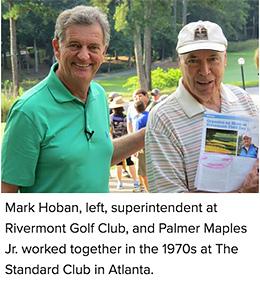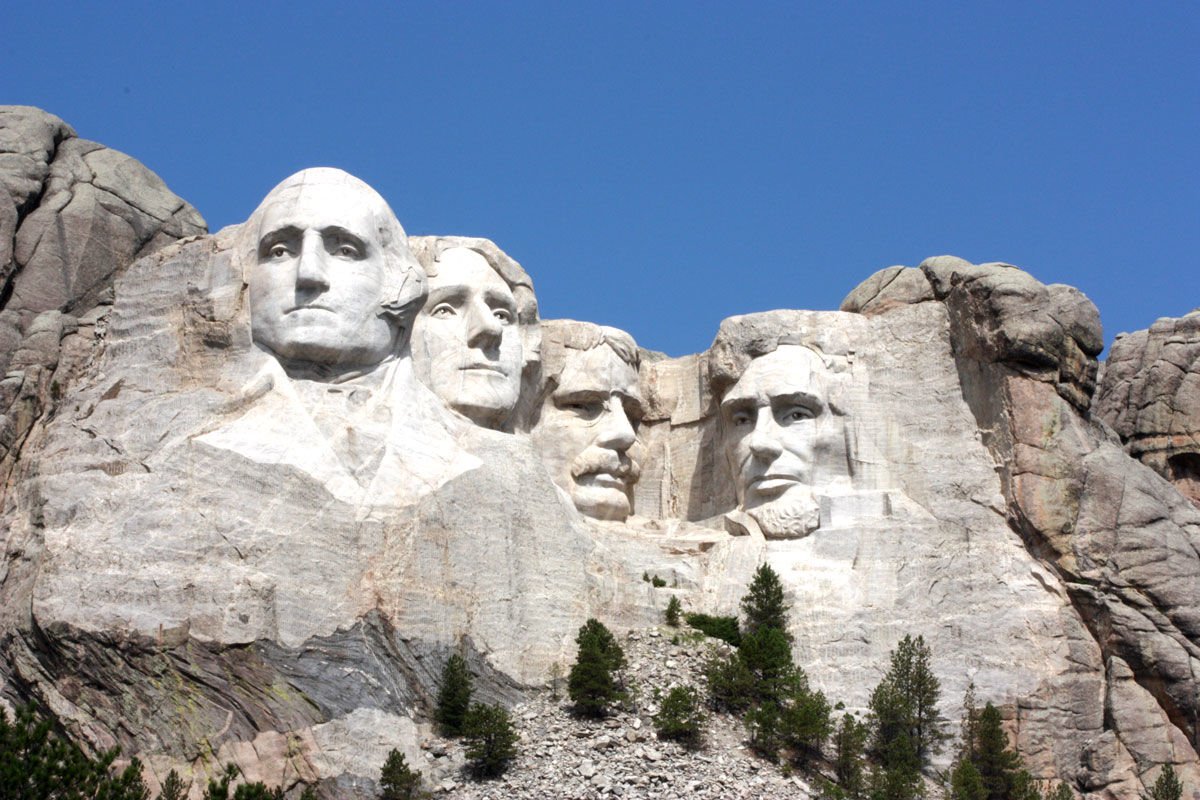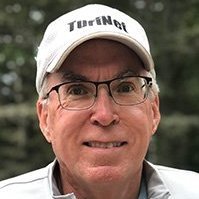Palmer Maples Jr.: Peppered with wisdom from experience
When Palmer Maples Jr. walks into a room, superintendents still stand up and take notice. And when those same superintendents think the 84-year-old greenkeeping legend has left the building without saying good bye, they get up again and go looking for him.
 Only when they find him hidden away in a back room of the clubhouse of an Atlanta golf course spinning tales of yesteryear to a reporter do they breathe a sigh of relief.
Only when they find him hidden away in a back room of the clubhouse of an Atlanta golf course spinning tales of yesteryear to a reporter do they breathe a sigh of relief.
Whew, I thought you were gone, says one superintendent. Its always an honor to see you, utters another. Take care of that family, or see that they take care of you, says yet another.
Despite his age, Maples is as spry as most men 20 years his junior, and much of his outlook on greenkeeping still translates into todays world of hard, smooth and fast surfaces. Hes like that once-in-a-generation athlete who you look at, years after his prime has come and gone, and say to yourself dang, I bet he could still play today.
Maples spent parts of five decades as a superintendent in Georgia and North Carolina, and is part of the Maples family of Pinehurst that has spawned dozens of people across four generations working in the golf business. Now living in Kansas City, Missouri, Maples recently was back in Georgia to support former pupil Mark Hoban during the latters inaugural organic and native grasses field day at Rivermont Golf Club in Johns Creek.
They worked together in the 1970s at The Standard Club, where Maples was superintendent from 1970-76.
Im here mostly to support Mark, Maples said. There has been a time or two he has referenced what I did in my superintendent life, and I wanted to come back to support him today.
Considered a progressive superintendent and forward thinker for his era, Maples says much has changed in the golf business since he learned agronomy at the knee of people like Glenn Burton and Marv Ferguson.
Mostly the technology, Maples said. Its not only the equipment, but the personnel taking care of the equipment. When I started in the business, we had a three-quarter-inch hose and a sprinkler. Now, you can turn on a whole irrigation system with a phone.
Maples started in the business as a kid in the mid-1940s, right after World War II. He recalls mowing heights on greens in those days were as high as five-sixteenths of an inch.
Then it was one-quarter, then three-eighths, he said. Now, its ridiculous how close they shave it. Pretty soon, youll need shaving cream to mow greens.
Still, much of Maples philosophy toward agronomy still holds true today. He was years ahead of his time in maintaining open relationships with university researchers, budgeting and economics and the value of the lessons learned from a little dead turf now and then.
If youre not killing some grass now and then, youre not learning anything, he said. Youre not finding out what will work and what wont work, and you wont know the parameters of it.
One of the major challenges facing the golf business years ago still haunts the profession today: those who cannot recognize the difference between saving money and not wasting it. Maples said he learned that difference in the 1950s when a Wisconsin turf legend would visit Abraham Baldwin Agricultural College in Tifton, where Maples earned a two-year degree.
The economics of O.J. Noer. He said the golf course is not a place to save money, its a place not to waste money, Maples said. If you want to save money on a golf course, then that is troublesome. But if you dont want to waste money, you take the resources you have and make the best application of those. Some areas are going to get more attention than others. You have to make that division and establish your priorities so you dont waste money.
That is what Hoban is doing with his organic and native grasses program that helps him establish aesthetically pleasing, low-input areas throughout Rivermont so he can focus his attention and resources on greens, tees and fairways.
Those native areas dont waste money, Maples said. They help Mark reduce the cost of maintaining them, which in turn allows him to have more money for high-priority areas. He still has the same amount of money, but he can use more of it on fine turf.
Such drastic projects, he said, require constant communication with club administration and members, and that always was one of Maples specialties.
That was especially true with the pro. The pro always had to know what I was doing and why I was doing it, he said.
I had to let members know what I anticipated doing to the course to present them with the playing conditions they wanted.
Maples had a career in turf management that spanned parts of five decades. He earned a two-year degree at Abraham Baldwin in Tifton, Georgia after being personally recruited by Dr. Glenn Burton, a geneticist at the USDA Coastal Plains Experiment Station (later co-opted by the University of Georgia). He later attended North Carolina State University and Texas A&M before his academic career was interrupted by the Korean War.
Maples career is peppered with accolades. He was the recipient of the 2000 USGA Green Section Award and was inducted into the Georgia Golf Hall of Fame in 2002. A former GCSAA president (1975), he also was president of the Carolinas GCSA, Maples also was the Georgia GCSA superintendent of the year winner in 1971.
Understand Maples pedigree, and all those awards, honors and recognition start to make sense.
Part of the Pinehurst Maples clan, he grew up playing No. 2 because his granddaddy worked for Donald Ross.
At Texas A&M he studied under Marv Ferguson, father of the USGA method for putting green construction. After the war, he finally settled on the University of Georgia to complete his studies because more of my credits transferred there than to anywhere else.
During his days in the field at places like Charlotte Country Club in North Carolina and upper crust Georgia properties that rivaled Tara, Maples recognized the value of research, education and sharing knowledge with others. For those reasons, clubs at which he worked always had areas that doubled as university research plots, either for North Carolina State or the University of Georgia.
Any course I worked at, I always opened the door to trial work, he said.
Indeed.
In the late 1950s, he was hired as superintendent at Charlotte to oversee a bold, new project - regrassing the greens with a new warm-season turf, Tifgreen Bermudagrass, commonly known as 328.
Released in 1956 and developed at the Tifton experiment station, 328 is a cross between Cynodon dactylon (common Bermudagrass) taken in the 1940s from the No. 4 green at Charlotte CC and Cynodon transvaalensis (African Bermudagrass).
I took the mother of 328 off the greens at Charlotte Country Club and put the baby on, he said.
Early in his career, Maples developed a formula for producing superb putting conditions on Bermudagrass, especially going into tournaments.
One thing I would do was go to management and say these ARE the three dates that I am going to aerify greens, he said. They cant live without oxygen just like you cant walk around and shut up your nose without breathing. The grass has to breathe.
On Bermuda greens, Id put down a little sand every two to three weeks. Ten days after a good verticut and topdressing is when the best leaf surface was there. So Id back up from a tournament and do that, and we always had good greens.
His formula worked up until his retirement in 1997 from Summit Chase Country Club in Snellville, Georgia.
Before departing Rivermont, Maples left a few simple words of advice that helped him through a 38-year career as a superintendent.
Yesterday is history, tomorrow is a mystery, but today is a present, he said. Today is the present you have. Make the most of it.
More timeless advice from a timeless legend.



1 Comment
Recommended Comments